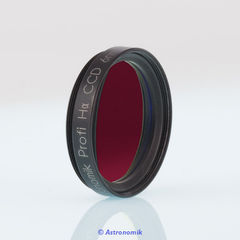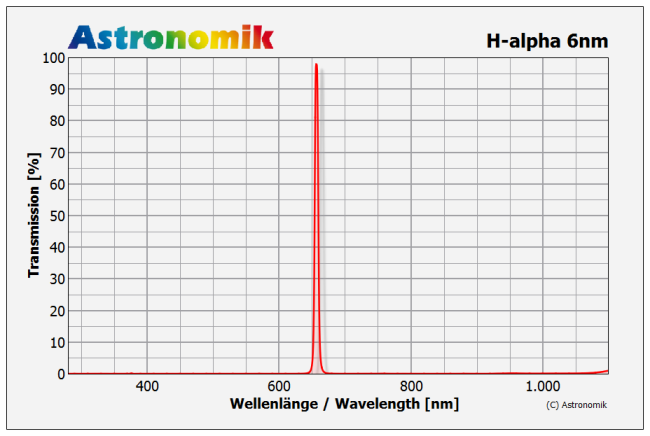- Astronomik Lunar calendar for 2024
The Astronomik calendar of the Lunar phases in 2024 is ready.
- Chistmastime and New Year 2023-2024
We wish you a merry Chirstmastime and a happy and healthy 2024...
- Astronomik Lunar calendar for 2023
The Astronomik calendar of the Lunar phases in 2023 is ready.
- Chistmastime and New Year 2022-2023
We wish you a merry Chirstmastime and a happy and healthy 2023...
- Shipping methods
Shipping as registred good shipment is no longer available
- How to observe planetary nebulae
A very nice introduction to observing planetary nebulas written by Owen Brazell
- Astronomik Lunar calendar for 2022
The Astronomik calendar of the Lunar phases in 2022 is ready.
- Website down
Our website was down on dec 20st...
- H-alpha imaging with a unmodified EOS R
Imaging with an unmodified camera using a H-alpha filter
- Astronomik Lunar calendar for 2021
The Astronomik calendar of the Lunar phases in 2021 is ready.
Photographic Astronomik Narrowband-Emissionline filter H-alpha with 6nm FWHM and MFR Coating
Click the image for full resolution
Click the image for full resolution
How to read the chart
The major emission lines of artifical light pollution:
| Hg 435,8nm | Hg 546,1nm | Hg 577,0nm | Hg 578,1nm |
| Na 589,0nm | Na 589,6nm | Na 615,4nm | Na 616,1nm |
The major emission lines of nebulas:
H-β 486,1nm | OIII 495,9nm | OIII 500,7nm | H-α 656,3nm
- The horizontal axis is the Wavelength in Nanometers (nm). 400nm is deep blue, at 520nm the human eye senses green and at 600nm red. At 656nm is the famous "H-Alpha" emission line of hydrogen.
- The transmission in % is plotted on the vertical axis.
- The red line shows the transmission of the filter.
- Visual filters: The grey line in the background shows the relative sensitivity of the human eye at night. The maximum is at ~510nm and drops to longer and shorter wavelengths. You can easily see, that you can´t see anything of the H-alpha line at night (even if you can during daylight!) The sensitivity at 656nm is 0% at night!
- Photographic filters: The grey line in the background shows the sensitivity of a typical CCD sensor.
- The most important artifical emission lines are shown in orange. The artifical light pollution is dominated by see mercury (Hg) and sodium (Na), which are used in nearly all streetlights.
- The most important emission lines from nebulas are shown in green. The most important lines are from ionized Hydrogen (H-alpha and H-beta) and double ionized oyxgen (OIII).
The major emission lines of artifical light pollution:
| Hg 435,8nm | Hg 546,1nm | Hg 577,0nm | Hg 578,1nm |
| Na 589,0nm | Na 589,6nm | Na 615,4nm | Na 616,1nm |
The major emission lines of nebulas:
H-β 486,1nm | OIII 495,9nm | OIII 500,7nm | H-α 656,3nm
|
|
This H-alpha Filter is suitable for imaging of Hydrogen nebulas from observation sites with light pollution and from dark sites as well. The contrast between an object glowing at 656nm and the background is increased enormous!
Due to the combination of the narrow bandwidth of 6nm and the high transmission of typically 96% the filter gives you an enormous contrast boost, as all unwanted light from other wavelengths than 656nm is blocked form UV up to the IR. This results in an extremly dark background.
The FWHM of 6nm is matched to give you optimal performance with CCD and CMOS sensors with a very low dark current! The 6nm filter is the best choice if you are observing from a heavily light polluted site or if you are imaging faint objects in starcrowded regions of the milkyway.
Due to the new MFR coating technique you may use one single filter on all instruments up to f/4 without a significant reduction in performance.
Der Astronomik H-alpha filter MUST NOT BE USED for solar observation!
Technical data of the filter:
- Guaranteed Transmission of more than 90% at the H-alpha Line (656 nm)
- Typical Transmission of 96% at the H-alpha Line (656 nm)
- Full-Width-Half Maximum (FWHM): 6nm
- perfect blocking of unwanted light from UV up to the IR
- parfokal with all Astronomik filters
- MFR Coating technique: Usable with all optics up to f/4
- Thickness of 1mm
- Not sensitive to moisture, scratch resistant, not aging
- opticaly polished substrate, striae-free and free of residual stresses
- High quality storage box
Imaging with Narrowband-Emissionline Filters
If you have to observe from light polluted sites (like most of us...), imaging with Narrowband-Emissionline filters is the best way to take great images, as all kind of light pollution can be blocked very effective! Normaly an H-alpha filter should be your first step into this amazing field of astrophotography! With an Narrowband H-alpha filter you will be able to take deep and contrasty images even wih very heavy light pollution or with the full moon high up in the sky!
If you look at other astrophotos, an H-alpha is the best choice for all nebulas glowing red! An OIII filters expands your imaging possibilities, as you are able to image all greenish/blueish structures. Planetary nebulas and star forming regions are great targets! The SII filters completes your HSO-set of filters. With these three filters you are able to process your images like the ones from the Hubble space telescope!
The h-beta filter is not available in a 6nm version, as this filter has nearly no meaningfull application. To illustrate this, there are two images shown below: Both were taken with a unmodified Canon 650D. Even as the camera has a sensitivity of less than 10% at H-alpha, there is some signal und structure in the h-alpha image, while you cannot see anything on the image taken with an H-beta filter!
Operation of the filter:
The filter blocks all unwanted light from artifical light-pollution, natural airglow and moonlight. Especially light from High- and Low-Pressure Sodium and mercury lights and all lines of natural airglow are 100% blocked. The filter increases the contrast between the sky-background and objects glowing at the xx line at xy nm.
Tipps and Hints for more applications:
Using the H-alpha-CCD filter together with OIII-CCD and SII-CCD filters you make produce false-color emission line images (HSO) in the same way as the Hubble-Space telescope. This is possible even from heavyly light polluted sites!
Alternatives:
The lower priced 12nm filters are the right choice for you, if you own a typical DSLR or a CCD camera with a high dark current! The 12nm filters should be the fist choice for cameras with an integrated guiding sensor, as you will have about twice as much stars compared to the 6nm filter.
H-alpha 6nm CCD-Filter
-
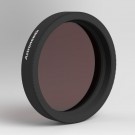
Astronomik H-alpha 6nm T-Mount (M42x0,75)
excl. VAT (Non-EU): €368.91 incl. VAT (EU): €439.00 -
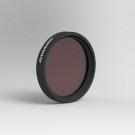
Astronomik H-alpha 6nm 1,25'' (M28,5)
excl. VAT (Non-EU): €167.23 incl. VAT (EU): €199.00 -
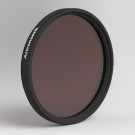
Astronomik H-alpha 6nm 2'' (M48)
excl. VAT (Non-EU): €410.92 incl. VAT (EU): €489.00
-
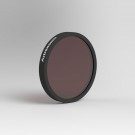
Astronomik H-alpha 6nm 31mm
excl. VAT (Non-EU): €209.24 incl. VAT (EU): €249.00 -
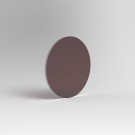
Astronomik H-alpha 6nm 27mm, unmounted
excl. VAT (Non-EU): €167.23 incl. VAT (EU): €199.00 -
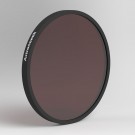
Astronomik H-alpha 6nm 50mm
excl. VAT (Non-EU): €410.92 incl. VAT (EU): €489.00
-
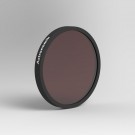
Astronomik H-alpha 6nm 36mm
excl. VAT (Non-EU): €251.26 incl. VAT (EU): €299.00 -
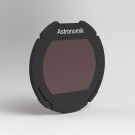
Astronomik H-alpha 6nm Clip-Filter EOS APS-C
excl. VAT (Non-EU): €251.26 incl. VAT (EU): €299.00 -
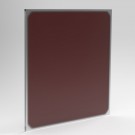
Astronomik H-alpha 6nm 50 x 50mm², unmounted
excl. VAT (Non-EU): €419.33 incl. VAT (EU): €499.00
-
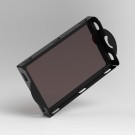
Astronomik H-alpha 6nm Clip-Filter EOS XL
excl. VAT (Non-EU): €419.33 incl. VAT (EU): €499.00

 Deutsch
Deutsch English
English